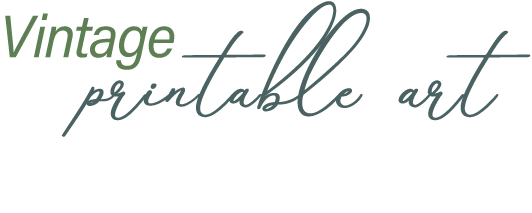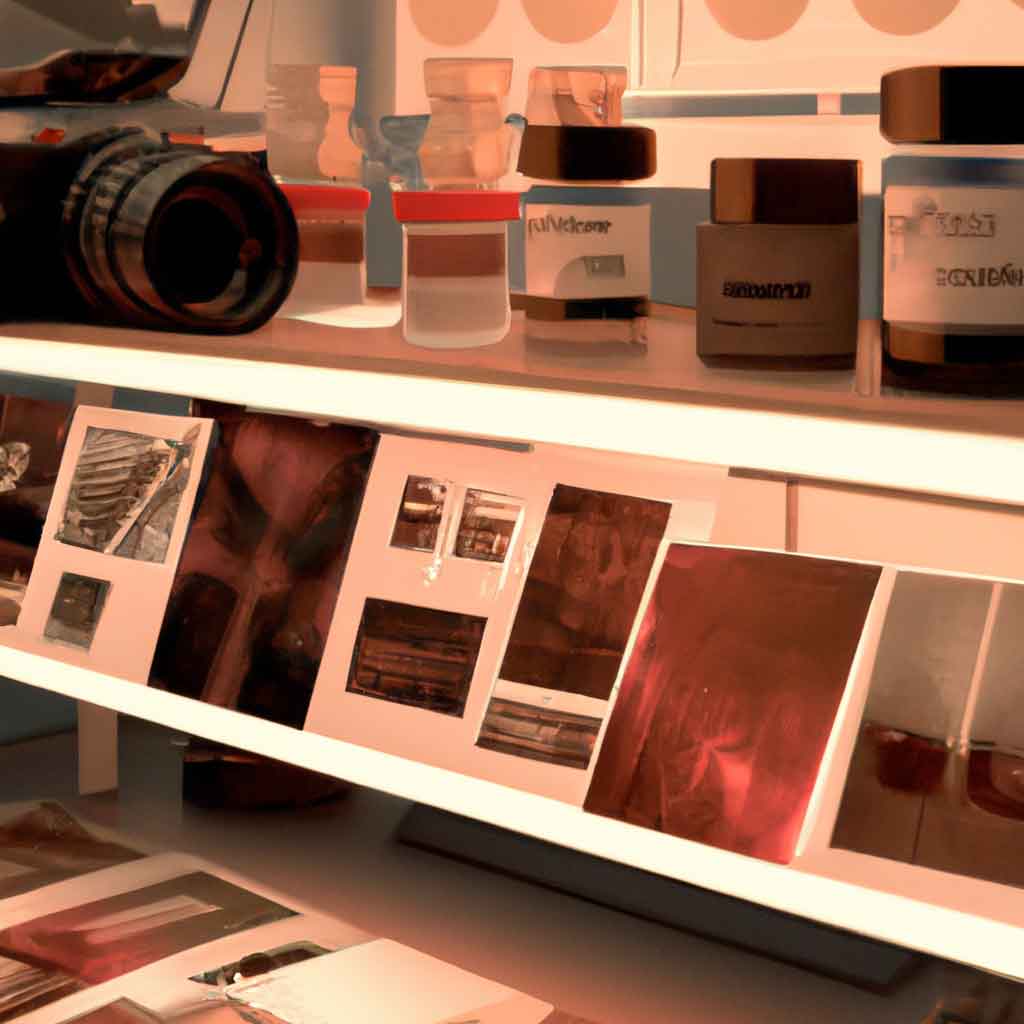Types of Photo Prints
Various methods of printing an image can have a huge effect on the end result. It’s like picking between diamonds and cubic zirconias. It all depends on your budget and preferences.
Glossy prints have a reflective finish, which brings out vivid colours and contrasts. Pros include a rich and colourful look, plus a shiny texture. However, finger smudges can easily damage the surface, thus reducing its lifespan.
Metallic prints are great for capturing high contrast images. Metallic pigments create a 3D depth to the colours, plus the surface is scratch-resistant. But subtle pictures may lack impact due to the excessive sparkle and shine.
Luster prints have a semi-gloss feel, like a matte print. This is a good compromise between glossy and matte. There’s less glare than glossy photos, but sharpness can be decreased due to reduced smudges.
Matte prints come with a soft texture and no shine or gloss. This gives them a timeless elegance and classic look. They’re non-reflective and perfect for framing, plus they greatly reduce fingerprints and smudges for a longer-lasting durability.
Factors to Consider in Choosing the Best Photo Print
To choose the best photo print for you based on your preferences, consider the factors we will discuss in this section. With print quality, print size, paper type, ink type, and price as solutions, we will explore why these factors are significant and how they affect your photo prints.
Print Quality
Gauging High-Quality Photo Prints
When selecting the best photo prints, assessing the print quality is key. Paper type, ink density, and color management should all be taken into consideration.
Paper type should be thick and heavy, usually using dye-sublimation technology. This prevents bleed-through issues and creates a sharper image consistency.
Ink density should provide significant ink deposition to bring out hues not commonly seen in photographs. A densely layered pigment ink should complement the tones, creating a rich and realistic visual experience.
Color management should be accurate to reproduce images true to form. This should match the screen’s depiction of colors closely.
Sharpness and clarity are two major elements to evaluate for high-quality photo prints. Sharpness should ensure precise detail on large sizes and clarity should render small features like vines or hair crisply.
Incorrect ICC profiles and poor monitor brightness calibration techniques may lead to prints with different tonal ranges and ink saturation levels.
Size does matter when it comes to photo prints. For the best results, go big or don’t go at all.
Print Size
When picking a size for your printed photo, take into account various factors such as quality, resolution and what you plan to use it for. These details will help you select the ideal print size.
Here are some options:
- 4×6 inches – great for albums or social media.
- 5×7 inches – frame it as a gift or display on your desk.
- 8×10 inches – larger print size while keeping clarity and detail. Perfect for portraits, landscape & architecture pics.
- 11×14 inches – enlarging photos with high resolutions. Ideal for artwork on walls or shelves.
Remember to match the print size to the aspect ratio or it may appear distorted or cropped.
Pro Tip: Try sample prints in small sizes before investing in large ones. Then pick the paper type wisely, or your memories may look like a kid’s art!
Paper Type
When it comes to picking the right paper type for your photo prints, there are a few key points to remember. One of the main elements to consider is the finish – glossy or matte. This will be determined by various factors like personal taste, usage, and the complexity of the photo. Also, think about attributes such as weight, texture, and color vibrancy.
We have listed the paper types used in photo printing, along with their features, in the table below.
| Paper Type | Weight | Texture | Finish | Color Vibrancy |
|---|---|---|---|---|
| Glossy | Light | Smooth | Reflective | High |
| Matte | Heavy | Rough | Non-reflective | Low |
| Luster | Light | Slightly Rough | Semi-reflective | Moderate |
Each type serves its own purpose. For example, glossy is great for bright outdoor shots or pictures with vivid colors. On the other hand, matte is perfect for scenic images and black-and-white prints. And, luster papers offer a mix of glossiness and matte surfaces.
A pro tip: experiment with different options before settling on one for your final print.
Whether you prefer dye or pigment ink, just remember: the best prints won’t smear when coffee spills on them.
Ink Type
Ink type is an important factor when printing photos. Different inks can produce varying results for color accuracy, durability and cost-effectiveness. Choosing the right ink depends on your needs.
Dye ink offers more vibrant colors and faster printing speeds. But, it may fade over time in sunny or humid environments.
Pigment ink is longer lasting, especially when exposed to sunlight. But it is more expensive and colors may be less vivid than dye inks.
Eco-solvent ink prints are durable and scratch-resistant and suitable for outdoor use. But, it requires specialized printers and media, and has a higher cost per print.
UV-curable ink prints dry instantly and are highly resistant to fading and scratching. However, they have a limited color range compared to other ink types.
One photographer learned the hard way that investing in higher-quality pigment inks is worth the extra cost. She used a cheaper dye-based ink for a wedding album, only to find out the album faded significantly after just a few months.
Want a unique and money-saving way to print photos? Photoshop yourself onto a dollar bill!
Price
When picking the best photo print, budget is essential. Analyze the different pricing options for printing services to see which fits your budget and requirements.
Remember to factor in additional expenses like shipping and handling when evaluating prices. A higher price isn’t always better quality.
The following table shows a comparison of pricing and print quality of different photo printing service providers:
| Service Provider | Price Range | Print Quality |
| Shutterfly | $0.15 – $5.99 per print | High quality |
| Snapfish | $0.09 – $5.99 per print | Variety of qualities available |
| Mpix | Different options based on size and paper type | Varies |
In the olden days, photo printing was complex and costly, only accessible to the wealthy. With technological advances, printing photos became more affordable and accessible to everyone. Picking the right photo print is like finding a soulmate – there’s many options out there, so finding the best one can be tricky.
Comparison of Photo Printing Options
To compare the different photo printing options and choose the best one for your needs, explore the benefits of digital printing, professional lab printing, and home printing. Each option has unique advantages that cater to various printing requirements. So, let’s dive into the sub-sections and discover which photo printing option suits you best.
Digital Printing
Digital Imaging Process:
A convenient technique to print photos is the digital imaging process. This method transfers digital images directly onto physical surfaces. The end-result? High-quality, vibrant images with long-lasting color representation.
Key Factors To Consider:
When it comes to digital printing, there are a few things to keep in mind. Printer type, paper quality, and skill level of the individual or organization carrying out the printing process are key factors. By considering these, you can get great results and images that surpass expectations.
Digital Printing Table:
| Printer Brand | Cost | Professionalism | Ease Of Use |
|---|---|---|---|
| High Quality | Medium Cost | Low Professionalism | Low Ease Of Use |
| High Quality | High Cost | Low Professionalism | Easy To Use |
| Medium Quality | Medium Cost | High Professionalism | Medium Ease Of Use |
Unique Detail:
Color balance and calibration are essential for accurate reproduction. Also, dye-sublimation and laser-based printers offer unique benefits and limitations.
Fear Of Missing Out:
It’s important to stay up-to-date on modern developments in printing. Otherwise, you could miss out on new opportunities for improvement or captivating visuals. Let the professionals handle it, unless you want your photos to look like they were made in a child’s chemistry lab.
Professional Lab Printing
For printing photos professionally, a lab is necessary. It needs top-notch machines, software, and color management systems. Before production, testing is done to guarantee quality.
Pros:
- Sharp and accurate printing
- Long-lasting quality with minimal color variation
- Professional color correction capabilities
Cons:
- Costly than other options
- Takes longer to get the prints back
- Inconvenient for small orders due to high shipping cost/shipping times.
At the lab, you may find prime paper stocks and various finishes, such as glossy or matte. Plus, some labs can print on unusual surfaces like metal, cloth, or other non-paper materials.
For those who want to print large volumes of photos at a high-quality level without purchasing costly equipment, professional lab printing is a great choice. To pick the right lab, consider factors like location, employee expertise, customer reviews, and pricing models.
Printing at home? Well, then your printer becomes the boss and you become the intern!
Home Printing
Creating prints at home is becoming more and more popular. Home printing gives a cost-effective and comfortable way to print photos easily. It’s even possible to make 4×6 and 8×10 images, and other sizes, depending on the printer.
Plus, some home printing apps have editing functions, so you can change your photos before printing. Thanks to all the advances in printers, you can easily make high-quality photos from your own home.
It’s important to think about paper quality, ink, and printer resolution when picking a printer. If you don’t own a printer, or have quality issues, you can use an online photo printing service.
Pro Tip: Before buying any hardware or submitting your pictures to a printing service, make sure you edit them carefully for best results. For frames, fridge magnets, or dartboard targets, there’s a photo printing solution for every situation.
Conclusion: Best Type of Photo Print Based on Specific Needs
Deciding on the best type of photo print depends on your needs. Different prints have pros and cons in terms of affordability and quality. We created a table to help inform the decision:
| Type of Print | Pros | Cons | Cost Range | Quality |
|---|---|---|---|---|
| Matte Prints | No glare, versatile use. | Less vibrant color than glossy. | $0.50 – $1 per print. | Standard quality. |
| Glossy Prints | Vibrant colors, high contrast. | Reflections can be an issue. | $0.30 – $1 per print. | Good quality. |
| Metallic Prints | High-gloss finish adds depth. | Expensive. | $2 – $5 per print. | Excellent quality. |
| Canvas Prints | Unique texture and artistic look. | Design may look off. Large sizes can be expensive. | Heavyweight surface has high-quality output. |
Customized Photo items such as Mugs and Blankets come in various price ranges.
Resolution or DPI is important when printing. Higher DPI for larger prints ensure clarity and sharpness.
Old methods like film photography came about in the late 1820s. Nicéphore Niépce discovered coating silver on a pewter plate using Bitumen and exposure to sunlight. This process was very slow.


